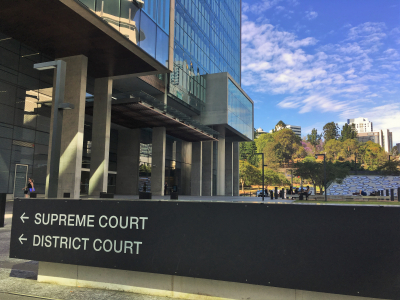Achieving intended sentence outcomes depends on how efficiently and effectively the court's prison sentence is administered.
Some sentence calculations are simple. Others are more complex, involving considerations such as multiple convictions, specific sentence requirements under various State and/or Commonwealth legislation, and consideration of time the prisoner has served on remand awaiting trial (known as presentence custody). If those who calculate the sentence get it wrong, they can expose the community to risk by releasing prisoners early into the community (called a discharge in error) or infringe on prisoners' rights by holding them longer than they are legally entitled to (called an unlawful detention).
Sentencing errors also expose the state to unnecessary costs associated with managing prisoners beyond their sentence, locating and returning prisoners released in error, and managing complaints, compensation, and legal costs.
This audit examined how well the Queensland criminal justice system exchanges and records data to calculate and administer custodial (prison) sentences accurately. We focused on the public sector entities carrying out sentences. We did not consider the decisions and sentences of magistrates and judges as part of the audit.
This is the first of two reports from the criminal justice audit. The second report is due to be tabled in parliament in early 2017 and focuses on the integration and reliability of criminal justice data.
Recommendations
We recommend the Department of Justice and Attorney‑General in collaboration with the Queensland Police Service:
1. better integrate the sentencing administration processes and quality assurance to reduce the risk of error, including:
- improving the sharing of sentencing information and documents across criminal justice entities
- making greater use of technology such as remote (electronic) appearance of prisoners in court to reduce process, communication, and data entry errors associated with the transfer of prisoners; and providing means for direct entry of sentence orders into QWIC
- strengthening quality assurance practices.
2. assess the need to review relevant sentencing legislation to reduce the complexity of sentence calculations
3. ensure the appropriate capacity, capability, and training of staff responsible for the calculation and administration of sentences across the criminal justice system is in place
4. improve the accuracy and level of detail recorded about discharge and detention errors. Consolidate the recording and reporting of the errors within and across the three entities
5. formalise, implement, or update where necessary, policies and procedures for responding to, managing, reporting, and investigating discharge and detention errors. Policies and procedures should address as a minimum:
- communication protocols for prisoners affected by, and individuals potentially at risk from, discharge and detention
- assessment of risk to the community and individuals and where needed mitigation strategies
- reporting requirements within individual entities and across the criminal justice system
- investigation of discharge and detention errors (collaboratively where appropriate)
- quality checks to ensure that processes are followed.
